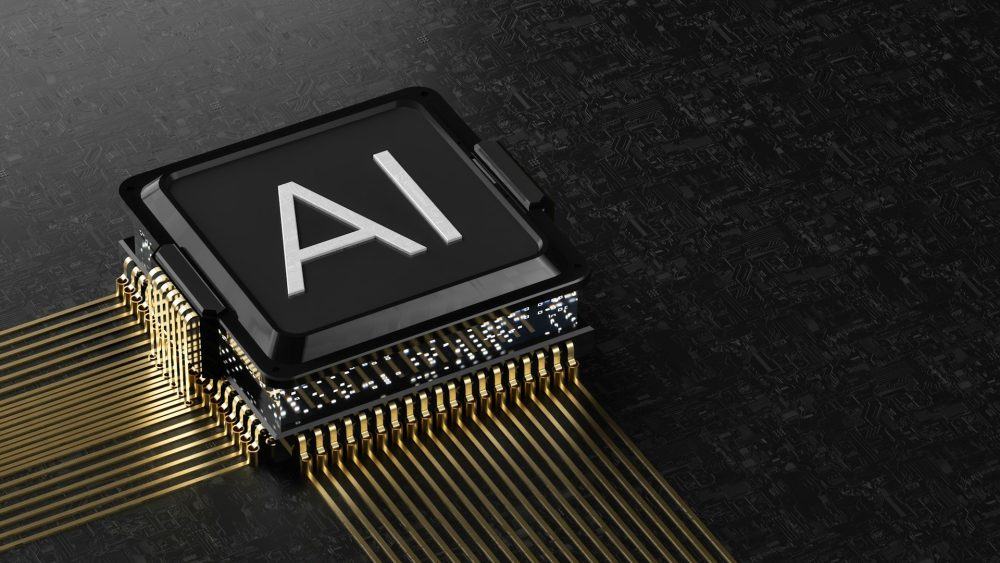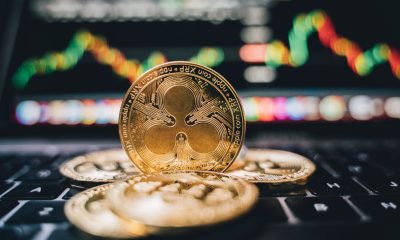Crypto
Ethereum’s ERC-8004: Paving the Way for Autonomous AI Agents
Ethereum developers are advancing ERC-8004: Trustless Agents, a standard enabling AI agents to transact, verify identities, and build trust autonomously. With payment channels, NFTs as IDs, and decentralized security, Ethereum provides the infrastructure for agent independence. Developers predict AI agents could drive over 50% of transactions within three years, marking Ethereum’s next major growth phase.

So-called AI agents are more than just a trending topic in the field of artificial intelligence. Ethereum developers are working on a standard for AI agents in the ETH ecosystem. The implications could be enormous.
In the near future, AI agents are expected to take over and perform large tasks independently, from crypto trading to driving to office assistance. Ethereum is already discussing the proposal” ERC-8004: Trustless Agents,” which aims to create a technological standard for AI agents on the network.
It would also allow AI agents to interact autonomously with one another. Particularly interesting is the fact that Jordan Ellis, who works on Google’s Agent2Agent protocol in his day job, is contributing to the Ethereum model. There are indications that Silicon Valley will eventually integrate its own AI agent solutions with Ethereum.
AI agents need wallets, identity and trust – Ethereum delivers
Ethereum already meets the requirements for three fundamental challenges for AI agents: payment channels, identification, and trust. If an AI agent is to achieve set goals without human assistance, it must have its own budget. This allows it to fill up the car as a chauffeur, book flights and hotels as an assistant, or profitably exploit price fluctuations in seconds as a crypto trader. Since the Pectra upgrade , Ethereum has allowed cryptocurrencies other than ETH to be used in the ecosystem. This would allow AI agents to simply pay bills with a stablecoin like USDC or enter the stock market.
At this point, the question of identification arises. In the future, AI agent A will encounter AI agent B, and as soon as money comes into play, both sides should have the opportunity to verify the other party’s identity beforehand. Ethereum has already found several ways to do this, such as using NFTs as digital IDs. The blockchain also documents the previous behavior of network participants. The decentralized ETH blockchain is then also the piece of the puzzle that creates trust. In a centrally organized network for AI agents like Google’s, the operator could favor its own participants or reverse decisions – Ethereum’s structure guarantees equal opportunities for everyone.
Will AI agents dominate the use of the Ethereum ecosystem in the future?
Ethereum developers are predicting that more than 50 percent of all transactions in the ecosystem could originate from AI agents in just three years. With the deep integration of Layer 2 solutions, Ethereum is poised to reliably and quickly handle many times the current traffic on the network. Hardly anyone among developers doubts that AI agents will be a growth driver for Ethereum anymore, but predictions regarding the time horizon vary.
Conclusion: AI agents welcome on Ethereum – not an abstract future topic
AI agents are a strategic issue for Ethereum, and their importance is compared to decentralized finance (DeFi), which gained momentum on ETH starting in 2020. And Ethereum has already proven repeatedly that it offers solutions with standards like ERC-20 for NFTs and the EVM that are widely adopted in practice.
With “ERC-8004: Trustless Agents,” a project is now in the pipeline that aims to give AI agents a virtually native status on Ethereum, thus opening up entirely new horizons for them. The future is now, seems to be the case among Ethereum developers. Another groundbreaking evolution in the ETH ecosystem with AI agents is emerging, and it could once again underscore that Ethereum is much more than just a cryptocurrency.
__
(Featured image by Igor Omilaev via Unsplash)
DISCLAIMER: This article was written by a third party contributor and does not reflect the opinion of Born2Invest, its management, staff or its associates. Please review our disclaimer for more information.
This article may include forward-looking statements. These forward-looking statements generally are identified by the words “believe,” “project,” “estimate,” “become,” “plan,” “will,” and similar expressions. These forward-looking statements involve known and unknown risks as well as uncertainties, including those discussed in the following cautionary statements and elsewhere in this article and on this site. Although the Company may believe that its expectations are based on reasonable assumptions, the actual results that the Company may achieve may differ materially from any forward-looking statements, which reflect the opinions of the management of the Company only as of the date hereof. Additionally, please make sure to read these important disclosures.
First published in BLOCK-BUILDERS.DE. A third-party contributor translated and adapted the article from the original. In case of discrepancy, the original will prevail.
Although we made reasonable efforts to provide accurate translations, some parts may be incorrect. Born2Invest assumes no responsibility for errors, omissions or ambiguities in the translations provided on this website. Any person or entity relying on translated content does so at their own risk. Born2Invest is not responsible for losses caused by such reliance on the accuracy or reliability of translated information. If you wish to report an error or inaccuracy in the translation, we encourage you to contact us.

-

 Crypto2 weeks ago
Crypto2 weeks agoBitcoin in 2025: Mainstream Momentum, Price Weakness, and a Pivotal Year Ahead
-

 Africa5 days ago
Africa5 days agoCasablanca Stock Exchange 2025: A Pivotal Year Toward Financial Maturity
-

 Impact Investing2 days ago
Impact Investing2 days agoSnam Issues €500 Million Green Convertible Bonds and Launches 2028 Bond Buyback
-

 Fintech2 weeks ago
Fintech2 weeks agoPakistan’s Digital Finance Paradox: Growth, Fraud, and the Fight for Trust
























